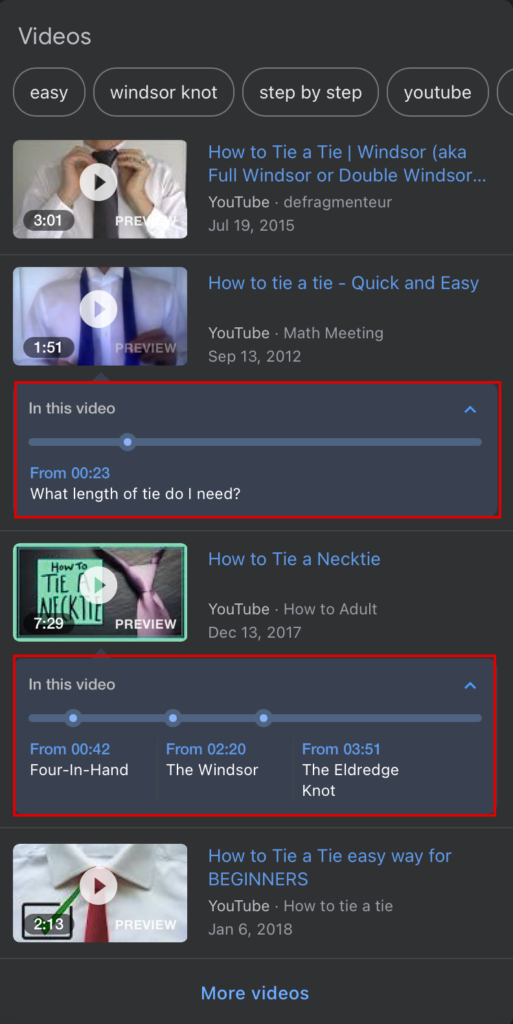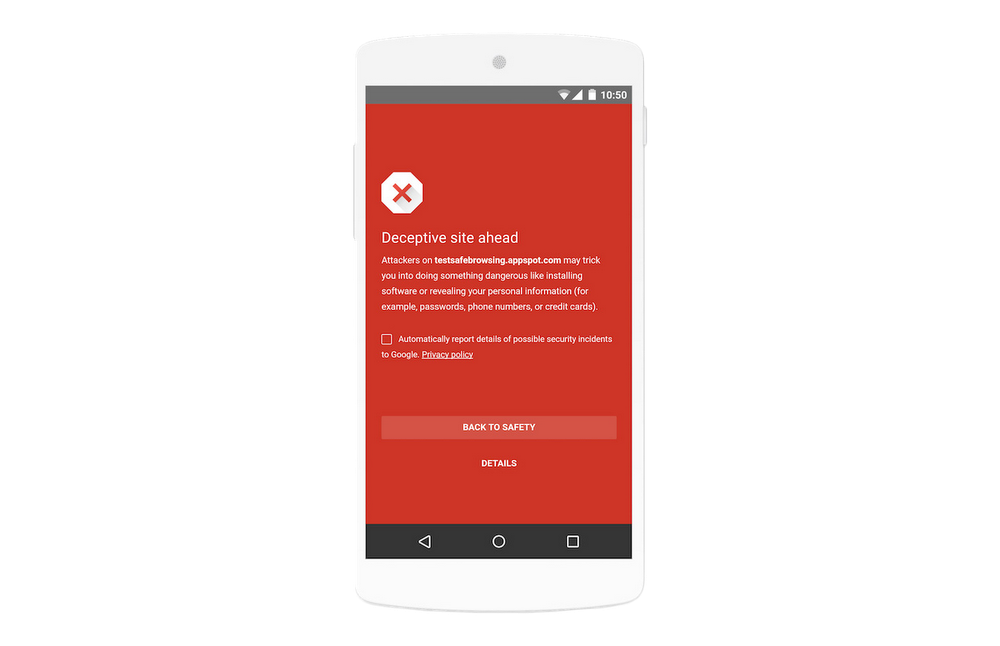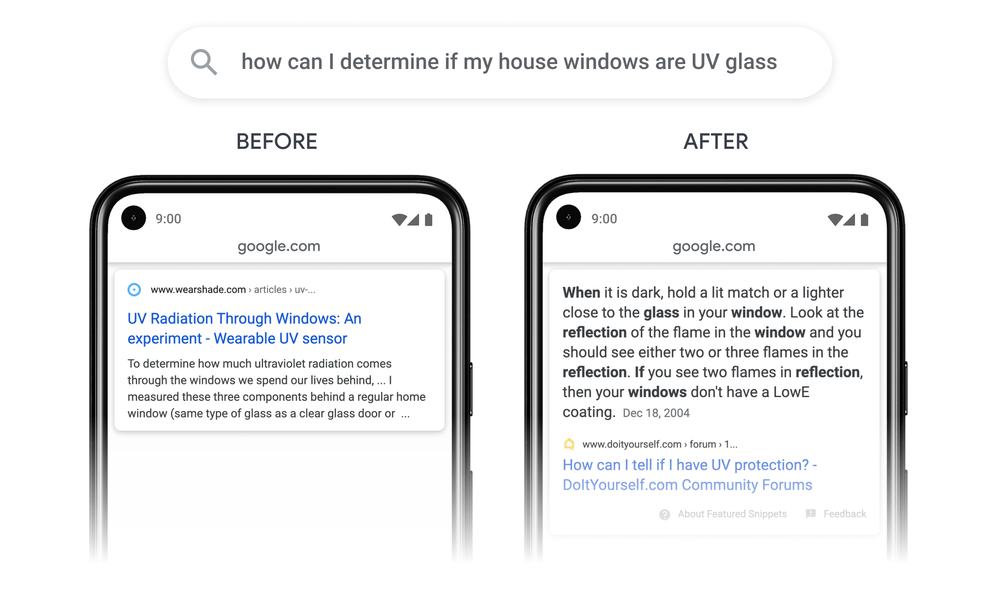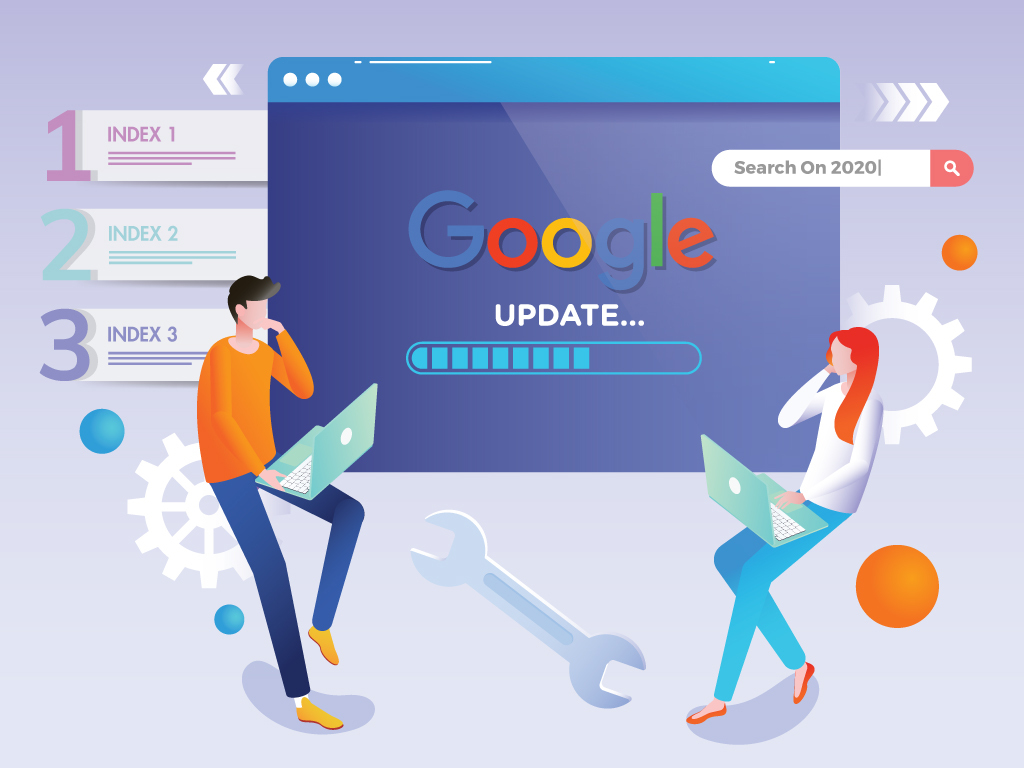How to Optimize for Google Search in 2020
Google made an announcement recently on the different search features they updated or improved that can help users have a much better search experience. Through the use of the most advanced AI, they’re able to improve their crawling, indexing, and delivering of information contained in the world wide web to bring the perfect and most relevant search results to the users. The announcement (and video) contained numerous updates about a variety of Google Search products, but I only included the updates to the products that directly affect the SEO industry – there’s a lot of them. So, with the recent updates to Google search, how do we optimize for it this 2020?
Video Results for Queries
In the past, content creators needed to tag key parts of their videos to make it easier for users to find key moments in their videos that could potentially answer their queries. But now, using their advanced AI, Google is now able to tag a video’s key moments with the content creator having to manually tag them. Through this method, they’re able to show more videos in the search results that can answer a user’s query.

The videos shown above are the video results for the query “How to tie a necktie”. The key moments are already shown in the search results and answer different questions that might relate to the initial query. If you click on the specific video results, you’ll see that the content creator has not manually tagged the key moments, but it was Google that showed the key moments in the search results. One interesting thing I noticed is that the key moments don’t show up on desktop search. It only showed up on mobile search. Additionally, Danny Sullivan mentioned in a tweet that by the end of the year, 10% of Google Searches will be using this specific technology.
So, if you’re a content creator and webmaster that aims to have your videos show up in the search results, what exactly can you do to optimize for this? I highly suggest you still manually tag your key moments. Aside from being a practice that won’t hurt your video performance, manually tagging your video’s key moments brings you control. Google’s way is indeed efficient and helps you take a load off your shoulders, but you have to remember that they’re able to do this through an AI, not a human person. This means that there will always be mistakes, inadequacies, etc if you leave it up to them. Nothing will be better than having direct control over your products and it also lessens the chances of having mistakes in key moments/timestamps for your videos.
BERT Improved Reach
When BERT was announced it affected 10% of English queries around the world. Through their recent announcement, Google mentioned that BERT is now used for almost all of the English queries around the world.
The aim of the BERT update is to deepen Google’s understanding of the content in the world wide web to bring the most relevant results to the users. Google has said time and again that you can’t directly optimize for BERT, which is technically true, but there are ways on how webmasters and SEOs can improve their content to make use of the BERT Update:
- Simpler and Succinct Content
- Topic Clusters
- Specifying Target Keywords or Queries
I won’t go into much detail on these strategies since I already wrote about how BERT affects SEO. The important thing to note is that through the BERT update, high-quality, informative content is more important than ever, so do your part to serve the best possible content to the users.
Google Safe Browsing (25 billion spammy pages, one of them could be yours)
As stated by Google in their announcement videos, they find 25 billion spammy pages every day. While having 4 billion devices protected by their Safe Browsing feature, being able to warn 3 million users per day with their red warning pages that looks like this:

One of the 25 billion spammy pages could be one of yours. So, to optimize your website and avoid this, I strongly recommend running your website through Google Search Console and Google’s structured data testing tool regularly. Through this, you can immediately check if there are any perceived errors or spammy structured data markup in any of your pages. Not only does this help you avoid having warnings like the one above on your website, but it also allows you to fix problems immediately even before they’re flagged by Google.
Specific Searches
Again, through their advanced AI, Google is now able to index snippets or pieces of content inside a page instead of indexing the whole page. It’s essentially the same as having your page reach rank zero or featured snippet. However, instead of having your whole page indexed, Google now only focuses and indexes on a piece of content inside your page that is able to answer the user’s query.

Based on Google’s explanation, I believe that to make use of this update, you just need to do the same tactic when you’re optimizing your page for featured snippets – using the specific query as the heading and answering it right away in the succeeding paragraph.
Would having a piece of content be indexed vs having the whole page be indexed affect your SEO? In some sense, there’s a downside. Having only a piece of content be indexed means that your page will only show up for the specific query and not others that the page could have ranked for. On the other hand, I still believe that the page will still get indexed in due time. It could only be a possibility that a piece of your page’s content will be indexed faster than the page itself. In any case, this is an interesting update and I can’t wait to hear more news about this.
Subtopics
Lastly, using their advanced AI, Google can now understand relevant subtopics for broader search queries. This means that they will be able to show a wider range of content for the users when they search using broad queries. Here’s an example that Google used:
“…if you search for “home exercise equipment,” we can now understand relevant subtopics, such as budget equipment, premium picks, or small space ideas..”
I believe using topic clusters as your content strategy would help with this since topic clusters make use of subtopics as blog posts revolving around a landing page or pillar content that targets a broader topic. I don’t believe that you’ll be able to rank multiple pages for a broad query (because of the domain diversity update), but I do believe it would help you rank one of your pages by improving your website’s authority in the topic/broad query you are targeting.
Key Takeaway
Google released a couple more interesting updates which immensely improves search on 2020. You can go ahead and check all the other updates in their post. But, with the updates I included in this post, I believe more and more websites that make it a point to deliver secure, high-quality, and informative content will be rewarded as time goes by. There are always instances where an SEO like myself asks questions such as “why does this page rank higher than mine even though I have better content and links”. Through these series of updates, hopefully, all deserving websites get rewarded.
Additionally, as the years go by, I believe Google will come up with innovations and new updates that will massively impact the industry for the better. Our job is to keep up with all of these updates and serve the best possible results for the users. What do you think of these updates? Let me know in the comments below!
